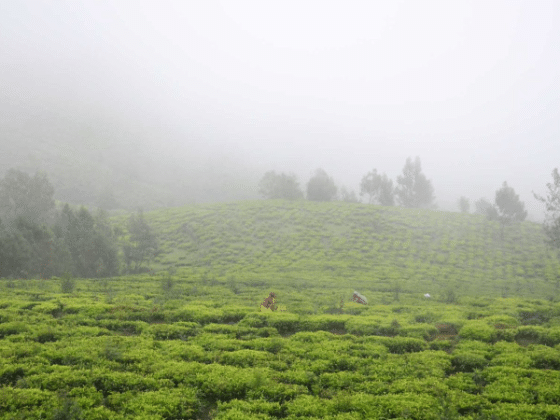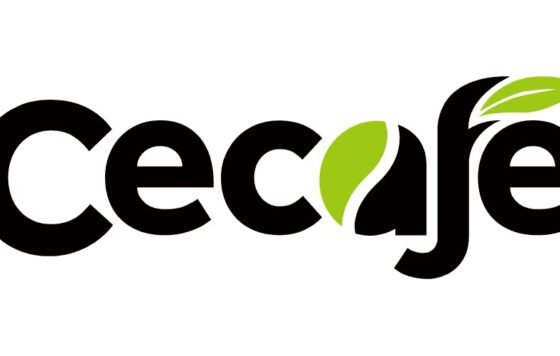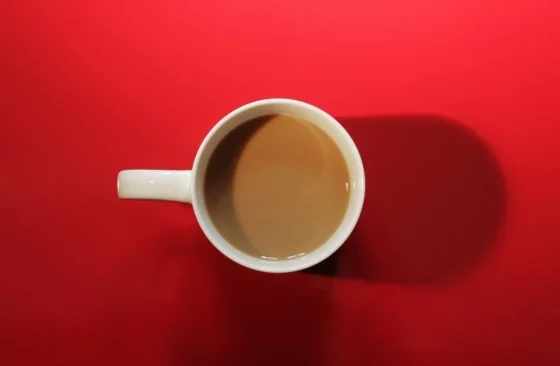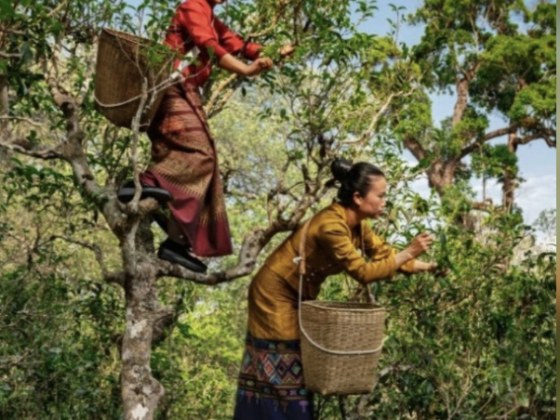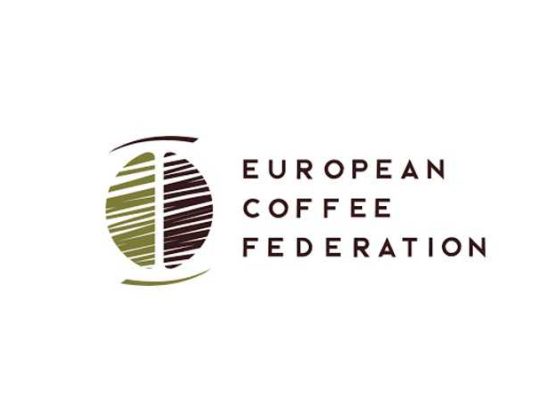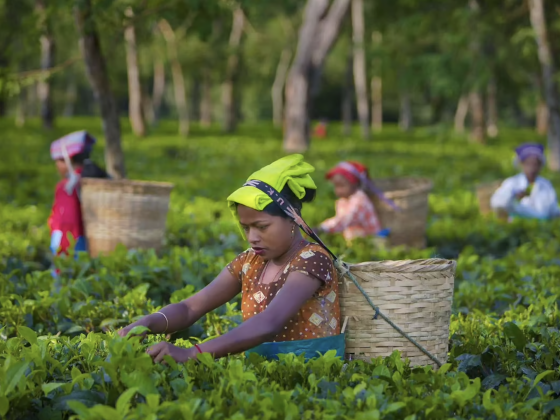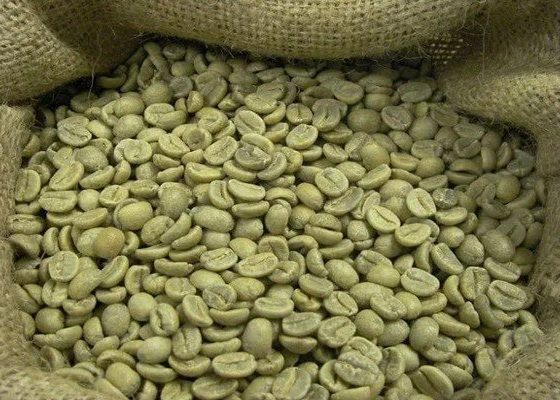Indonesia’s tea exports is forecast to drop by as much as 40 percent to some 48,000 tons by the end of the year as production fell amid one of the country’s worst droughts in decades, according to an industry association.
The country produced 120,000 tons of tea leaves last year, shipping some 80,000 tons mostly to Europe, the United States and the Middle East, according to Farich, a spokesman for the Indonesia Tea Council.
However, this year’s prolonged dry season has severely disrupted production in the country. On top of that, Indonesian tea producers are facing challenges in meeting requirements from Europe regarding levels of anthraquinone — a bleaching agent associated with packaging — detected in tea leaves, according to Farich.
We still don’t know whether the anthraquinone shows up in the packaging or processing, but it’s not from pesticides. The government’s attention to the tea industry has been lacking, he said, stressing that this lack of intervention could risk the country’s competitiveness in selling tea as a commodity in the global market.
Two of Indonesia’s biggest competitors in the tea industry include Srilanka and Vietnam, according to Farich.
Indonesia’s tea production has fallen 1.7 percent annually due to the declining number of tea plantations, both owned by small farmers and companies, according to Karyudi, director of the Research Center for Tea and Quinine (PPTK).
The country is home to 121,034 hectares of tea plantations, most of which are located in West Java, according to 2014 data from the director general of plantations at the Ministry of Agriculture.
Source: jakartaglobe.beritasatu.com/business/indonesias-tea-exports-hit-hard-drought-tea-council/


